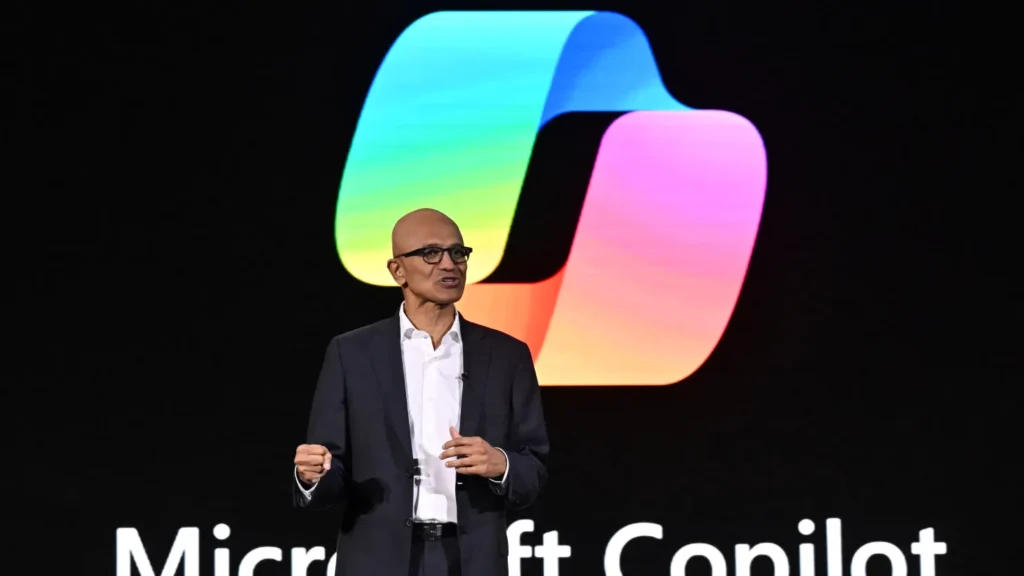Surprising Facts About Android’s History
Android, the dominant mobile operating system today, has a rich and surprising history that many may not know. Here are some of the most intriguing facts about Android’s journey from its inception to its current status.
1. Originally Designed for Digital Cameras
Android’s initial purpose was not to power smartphones but to enhance the operating systems of digital cameras. Founders Andy Rubin and his team aimed to create “smarter mobile devices” before shifting focus to mobile phones as the market for standalone cameras declined.
2. Acquisition by Google Changed Everything
In 2005, Google acquired Android Inc. for approximately $50 million. This acquisition marked a significant turning point, allowing the team to develop Android under Google’s umbrella and utilize Linux as its foundation, making it available for free to manufacturers.
3. Launch Amidst the iPhone Revolution
Android was unveiled in November 2007, just months after Apple launched the first iPhone. Google formed the Open Handset Alliance, which included major players like HTC and Motorola, to promote Android as an open-source alternative to Apple’s iOS.
4. The First Android Device Was a Game-Changer
The HTC Dream (also known as T-Mobile G1) was the first smartphone to run Android, released in September 2008. It featured a touchscreen interface and a physical keyboard, paving the way for future Android devices.
5. Naming Versions After Desserts
Android versions are famously named after desserts, starting with Cupcake (1.5) and continuing through KitKat (4.4) and Oreo (8.0). This quirky naming convention added a fun element to the operating system’s evolution.

6. KitKat’s Marketing Collaboration
Android 4.4 KitKat was named through a unique marketing collaboration with Nestlé, which allowed Google to use the brand name in exchange for promotional efforts. This partnership showcased the innovative ways Google approached branding and marketing.
7. Open-Source Nature Encouraged Customization
Being open-source has allowed developers worldwide to create custom ROMs and applications, fostering a vibrant community that contributes to Android’s growth and flexibility.
Explore more articles on our Tech Blog
8. Rapid Market Share Growth
Since its launch, Android has rapidly gained market share, surpassing competitors like Symbian and BlackBerry OS. As of early 2022, it holds over 72% of the global mobile operating system market share.
9. Security Enhancements Over Time
Android has continually evolved its security features, introducing measures like app sandboxing and regular security updates to protect user data and privacy in response to growing concerns about cybersecurity.
10. A Diverse Ecosystem of Devices
Today, Android powers a wide array of devices beyond smartphones, including tablets, smart TVs, wearables, and even automotive systems. Its adaptability has made it a versatile choice for various applications across industries.
Conclusion
The history of Android is filled with unexpected twists and turns that have shaped it into the powerhouse it is today. From its humble beginnings as an operating system for digital cameras to becoming the leading mobile OS globally, Android’s journey is a testament to innovation and adaptability in technology.
















